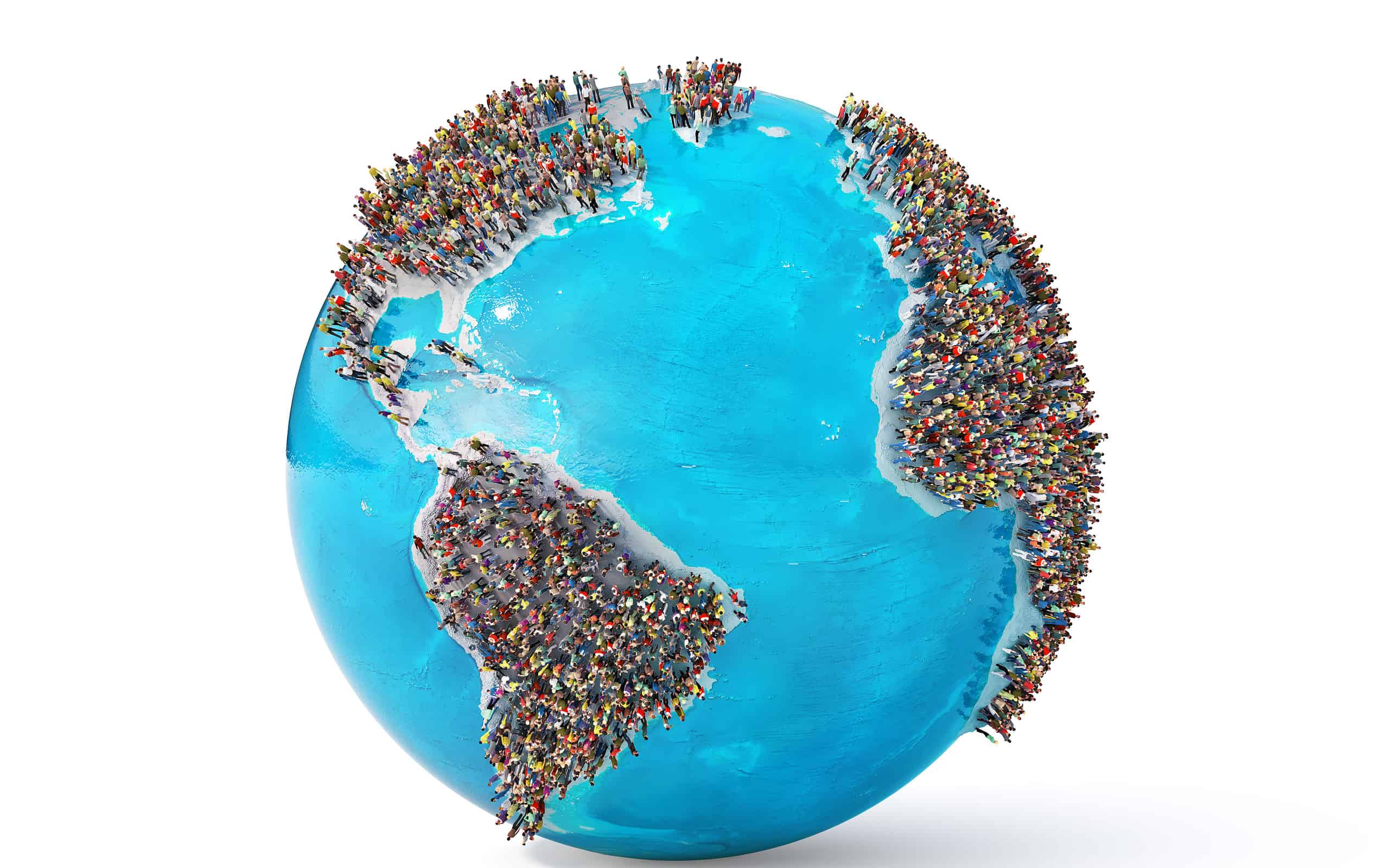The world has eight billion people. Over the past 100 years, this Earth has more than doubled in population. In 1920, the world’s population was about 2 billion, with the United Nations estimating 2 billion in 1927. The United Nations announced the world had hit 8 billion on November 15, 2022, only 95 years later.
In the last century, it has been cities that have taken leaps and bounds. Most people before the 20th century lived in rural areas. Now, cities are dominating. Capital cities are usually the most populated cities in a given country. Some capital cities are enormous. Let’s look at the 12 most populated capital cities in the world.
There are several ways to measure the population of the city: by only counting the city proper, counting the urban area, and counting the metro area. For this article, the city-proper population will be the deciding ranking factor, but the urban area population will also be included.
1. Beijing
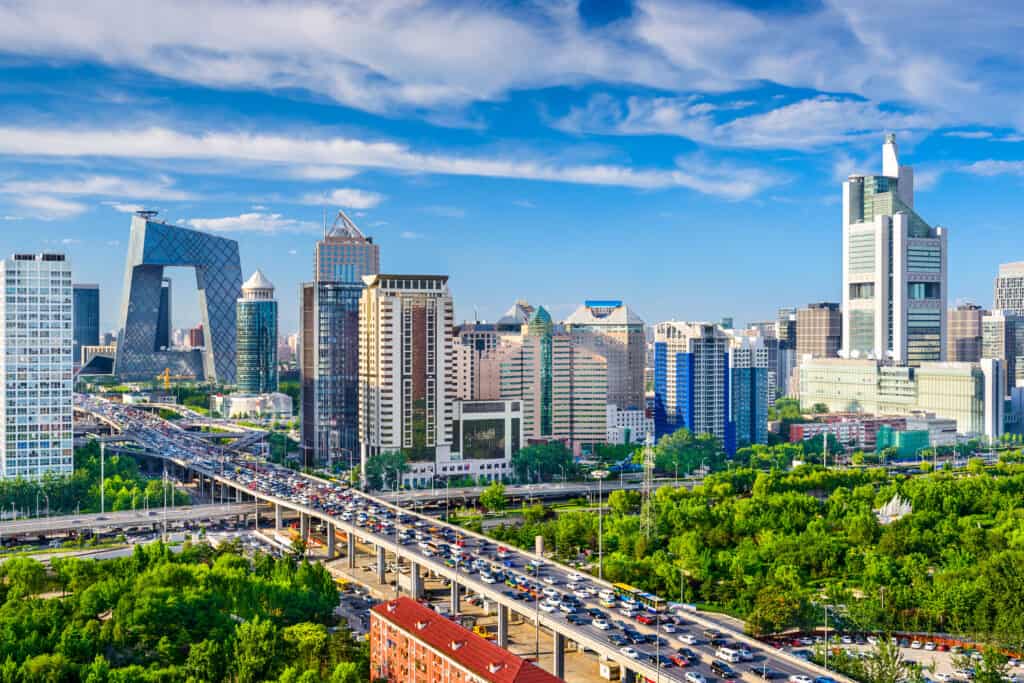
Beijing has a population of about 21 million.
©ESB Professional/Shutterstock.com
It comes as no surprise that the first capital city on the list is in China. Up until recently, China was the most populous country in the world (until India took the top spot in 2023). Beijing is the largest capital city in the world and has grown substantially since the 1970s. It has skyscrapers only in the periphery of the city, leaving the center around the Forbidden City alone because of height restrictions. Today, traffic congestion is at an all-time high and the government has built a subway network to combat this. The city is extremely air-polluted, as well.
2. Tokyo
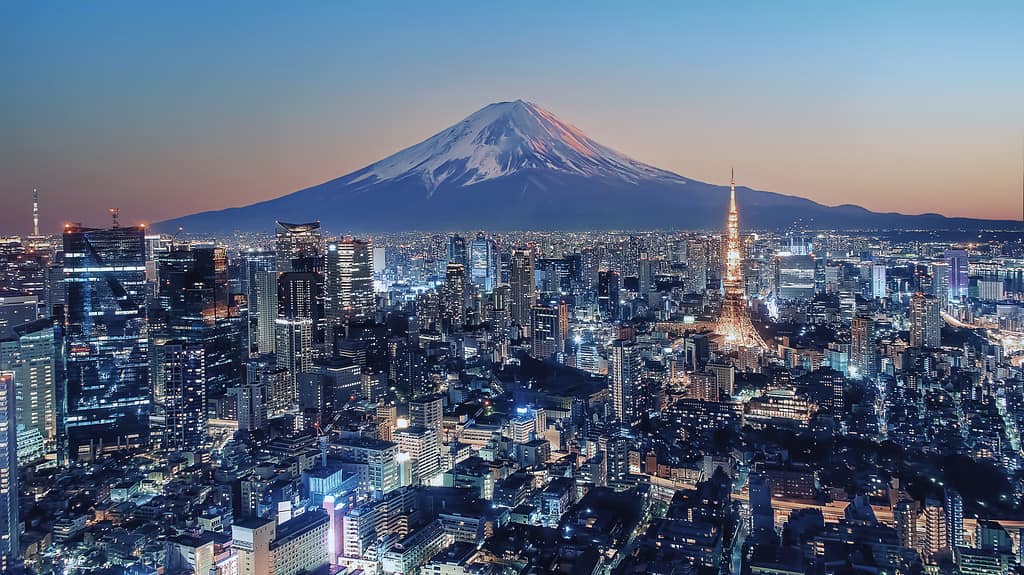
Tokyo’s urban population is a whopping 37 million.
©StockByM/iStock via Getty Images
Tokyo is the world’s largest megacity. Although within its city limits, the population is about 13 million, the urban area is a whopping 37 million. That’s almost the population of Canada! Tokyo is the largest city economy in the world because it has attracted companies to set up shop in the capital of Japan. This in turn has spurred population growth, attracting young people to move. As a result, the rural areas of Japan are underpopulated and older. Tokyo is so overpopulated that the government has offered $10,000 per child to families to move to rural areas.
3. Moscow
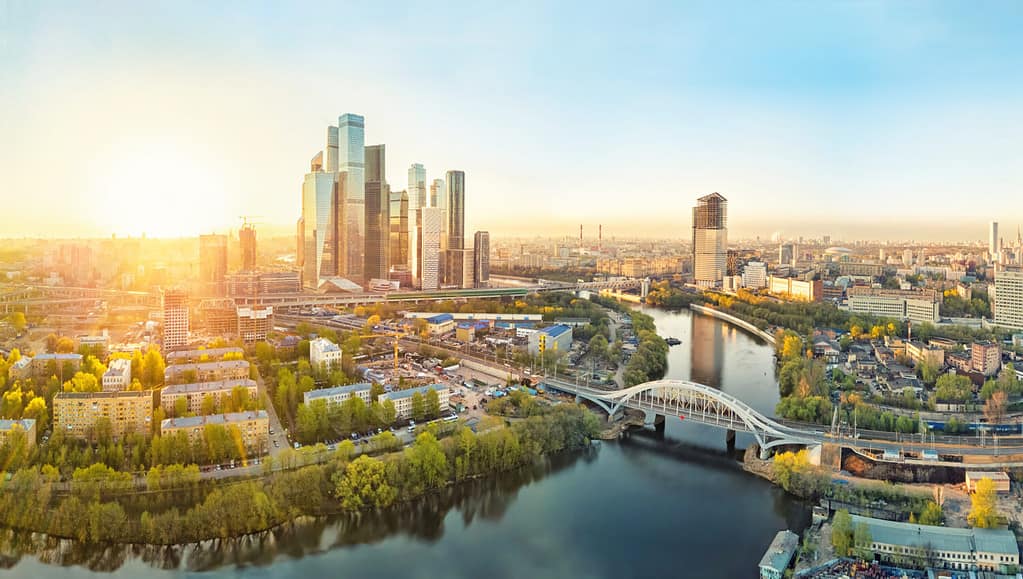
Moscow is the most populated city in Europe.
©Sergey Dzyuba/Shutterstock.com
The Russian capital city started growing rapidly after the Russian Revolution when the Soviet Union was established. In a short 10 years, the city’s population grew from 1 million to 4 million. Moscow is the center of Russia — politically, culturally, economically, and more. In the past 30 years after the fall of the Soviet Union, Moscow has seen an uptick in industrialization that has further spurred growth in the city.
4. Kinshasa
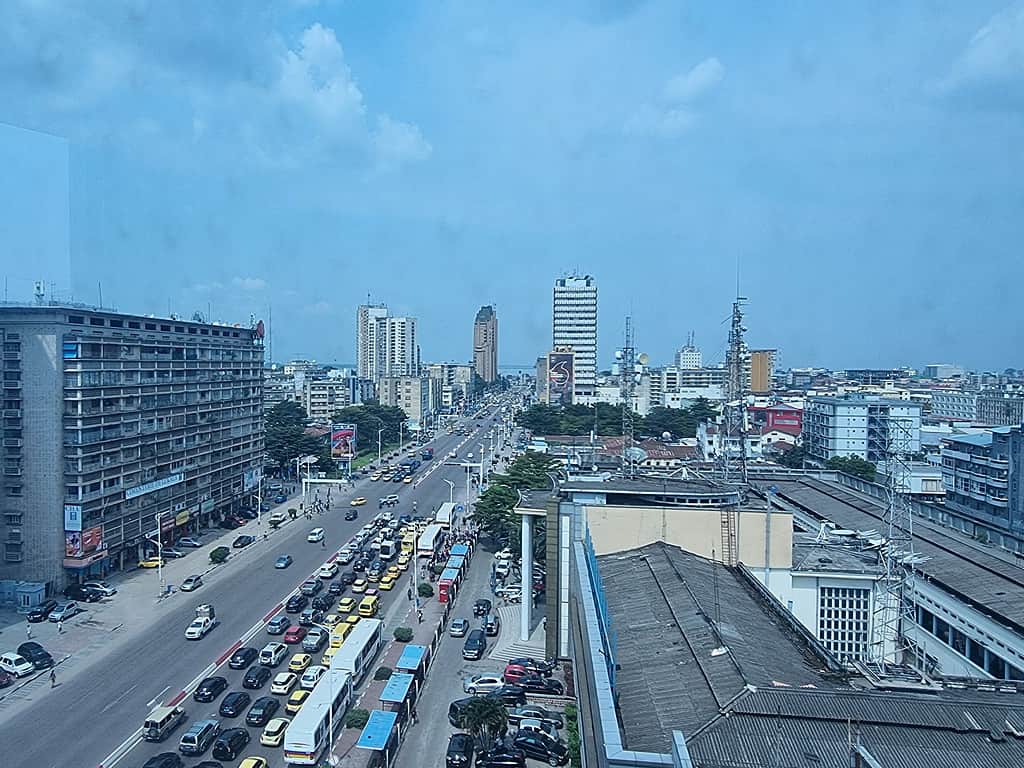
Kinshasa has a population of 11 million.
©Fanny Salmon/iStock via Getty Images
Kinshasa is the capital city of the Democratic Republic of the Congo. The city has one of the fastest-growing populations in the world and more than half of the city’s population is young (under the age of 22). This has caused concerns because as the population increases there will be more problems such as housing shortages, food shortages, and more. Because the DRC is one of the poorest countries in the world, this population increase will only make matters worse if the government doesn’t take action to turn things around.
5. Jakarta

Jakarta is one of the most populated urban areas in Asia.
©amadeustx/Shutterstock.com
Jakarta has become one of the most populated cities in the world in the past 50 years because of rural-to-urban migration. The rapid urbanization, however, has led to problems that Jakarta had not seen before. Demand for housing and public transit has increased drastically and has put pressure on the Indonesian government to tackle the problems. Besides traffic congestion on the rise, there is a risk of flooding as urbanization in Jakarta continues.
6. Seoul
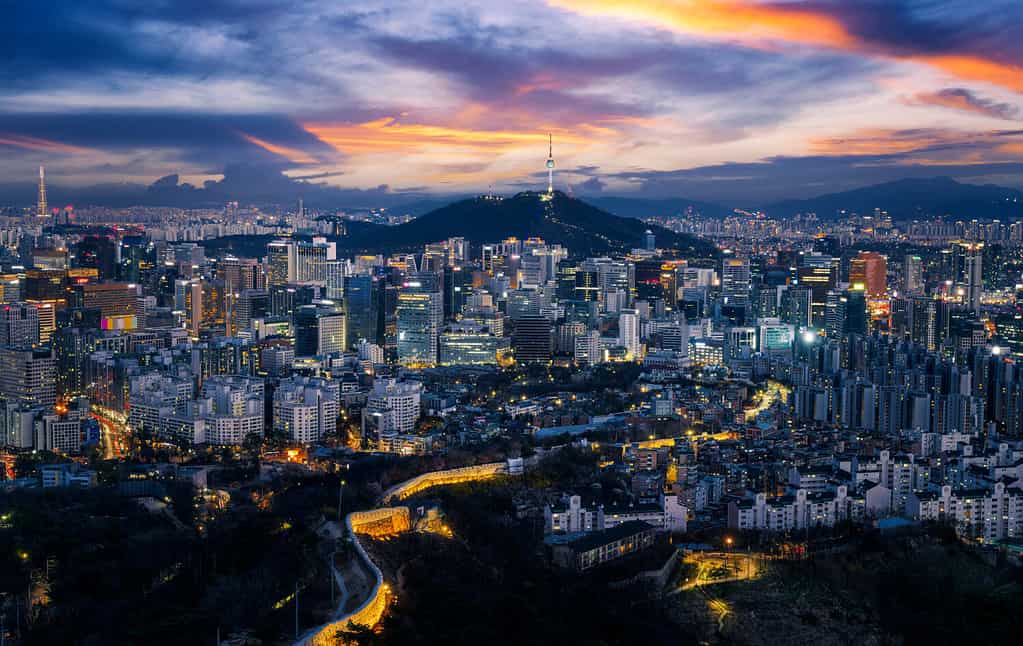
Seoul has a population of 10 million, although its urban area population is more than double that.
©anek.soowannaphoom/Shutterstock.com
In the 1950s, Seoul was a war-torn city that was completely devastated. But soon the government invested money into the city to spur urbanization and industrialization. This worked, and now the city is one of the largest megalopolises in the world. Massive migration coupled with mass industrialization has put Seoul on the map as a success story. The capital city of South Korea is also one of the most technologically advanced cities in the world.
7. Cairo

Cairo has an urban population of 20 million.
©iStock.com/Givaga
Cairo is the center of history and culture for Egypt. It is thousands of years old and has seen flourishment throughout the years. But because of Egypt’s location and proximity to the Sahara Desert, this has led cities along the Nile to become overpopulated. As a result, there is traffic congestion, air pollution, and housing shortages.
The city (and country) also has one of the highest birth rates in the world, prompting the government to address the issue. Cairo is also one of the worst cities when it comes to the treatment of women and there is hope things get better soon.
8. Mexico City
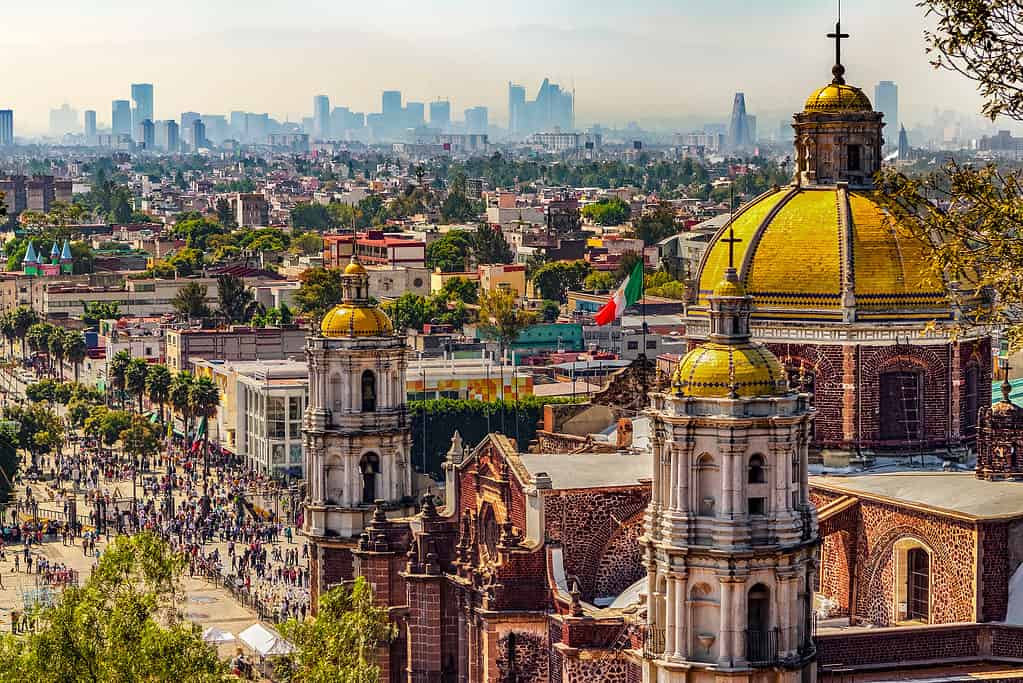
The urban area population of Mexico City is over 21 million.
©WitR/Shutterstock.com
Mexico City is the most populated city in Latin America. The capital city of Mexico has had two population growths over the past 120 years. At the beginning of the 20th century, urban services and industrialization created a mass influx in the city. This, however, started to decline in the 1970s. Mexico City remains the industrial center of the country but Monterrey is a close rival. Today, the capital city is a cultural and educational hub and its population continues to be higher than the rest of the country.
9. Tehran
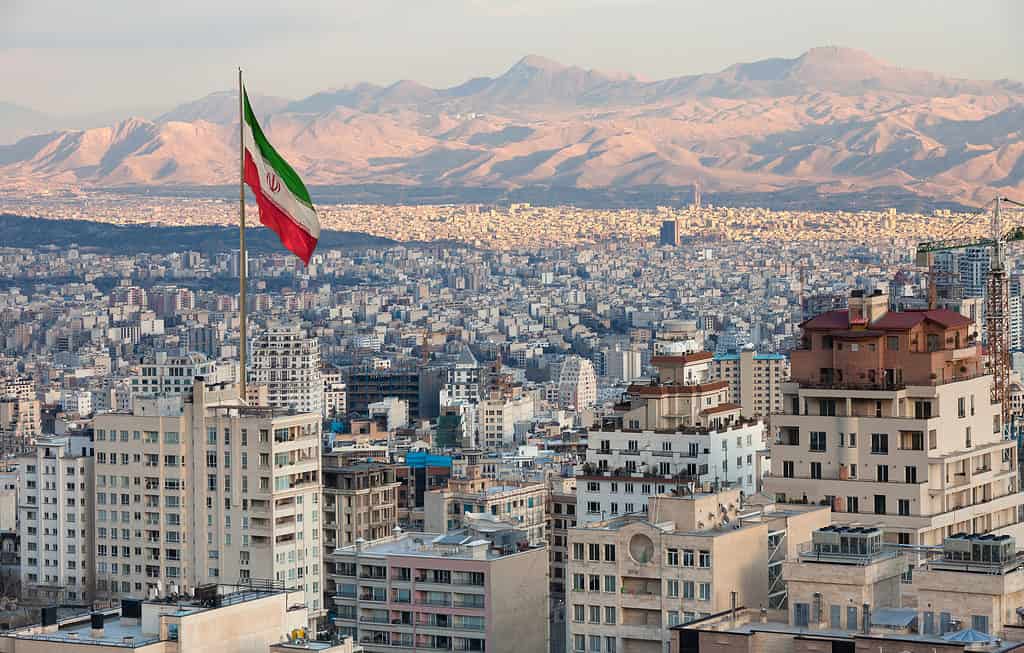
Tehran is one of the most populated cities in the Middle East.
©iStock.com/BornaMir
The capital city of Iran, Tehran is one of the most diverse cities in the Middle East. There has been a mass migration to the city in the past few decades, mainly from rural areas. There is also immigration from surrounding nations like Afghanistan which is increasing Tehran’s population overall. However, even though this population growth is happening, Tehran is also experiencing a big elderly population, which can be of concern in the future.
10. Dhaka
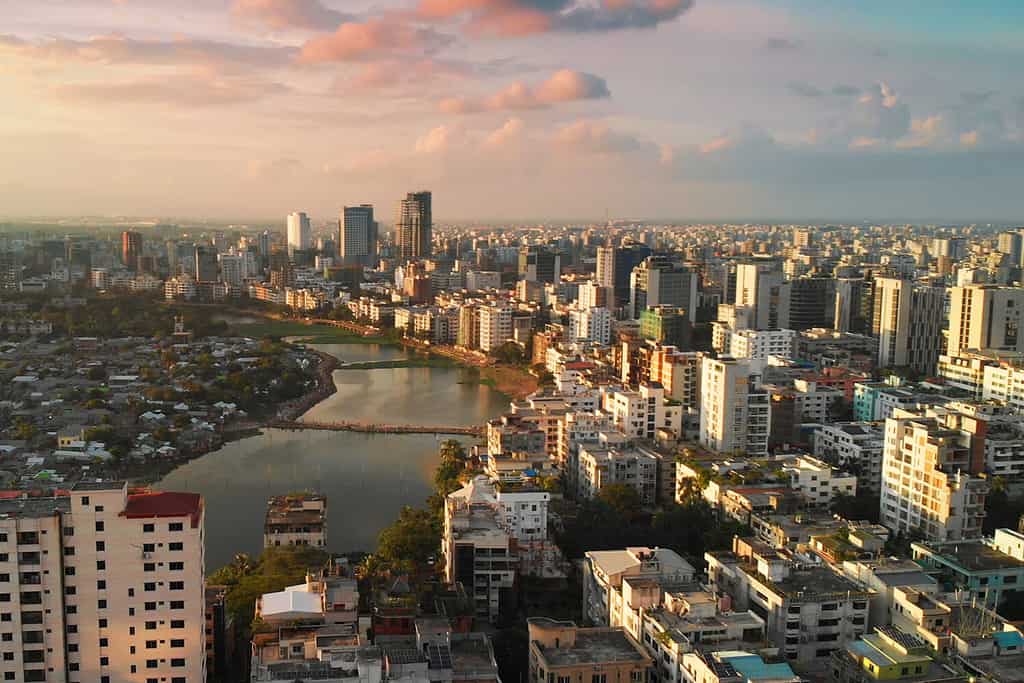
Dhaka has an urban population of 18 million.
©Lumenite/Shutterstock.com
Overall, Bangladesh has seen a huge population increase. This comes after political instability and social unrest plagued the country in the 1970s and 1980s. In the past few decades, its capital city Dhaka has seen a spike in population growth because of improved economic conditions. The increased opportunities have put Dhaka on the map as one of the fastest-growing cities in the world.
11. Lima

Lima is the second-most populated city in Latin America.
©Christian Vinces/Shutterstock.com
Like most cities on this list, Lima experienced population growth during the mid-twentieth century because people moved from rural areas of Peru to the city looking for work. The economic opportunities in Lima proved to be attractive for people. From being devastated population-wise after the Spanish conquest to being a megapolis, Lima has turned it around drastically. Industrialization was one of the factors for this rapid growth.
12. London
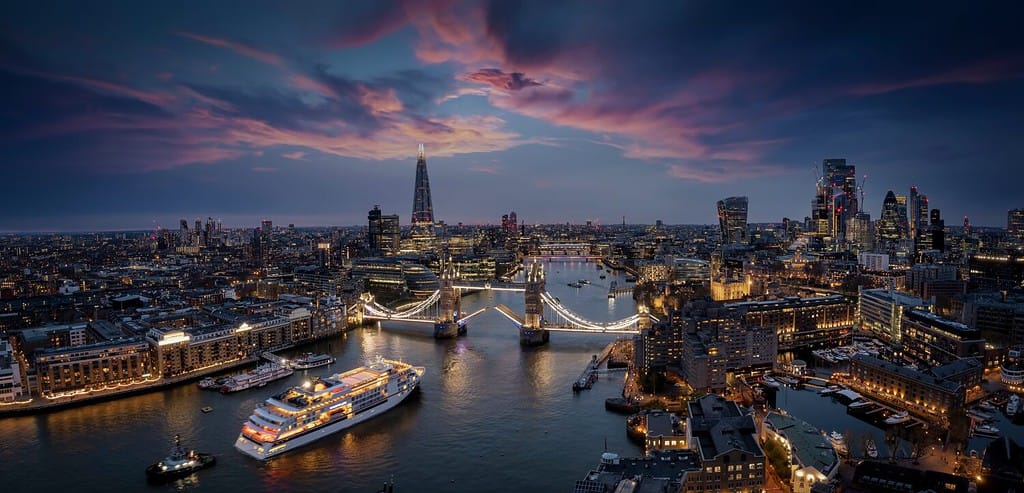
The second-most populated city in Europe is London.
©Sven Hansche/Shutterstock.com
London experienced population growth a long time ago. As the Industrial Revolution took force, starting in England, a mass exodus of people moved from the rural areas to the cities. This prompted cities like London and Manchester to explode in population. London has kept pace, with the number of births way above the number of deaths. London is also the center of history, culture, finance, and industrialization in the country.
Conclusion
And there you have it, those are the 12 most populated capital cities in the world. These capital cities are megalopolises. These capitals have grown so much that sometimes they encompass a big percentage of the country’s population. Of course, these capital cities may be huge but there are also problems they may face — providing enough food and adequate water, being environmentally conscious, and housing shortages.
The population growth isn’t just laser-focused on capital cities, others around the world that are not capitals are growing substantially, as well. The population growth that has spurred in the last century has scared scientists and historians alike, noting that the world’s natural resources and the survival of humans are the road to running out.
Thank you for reading! Have some feedback for us? Contact the AZ Animals editorial team.

